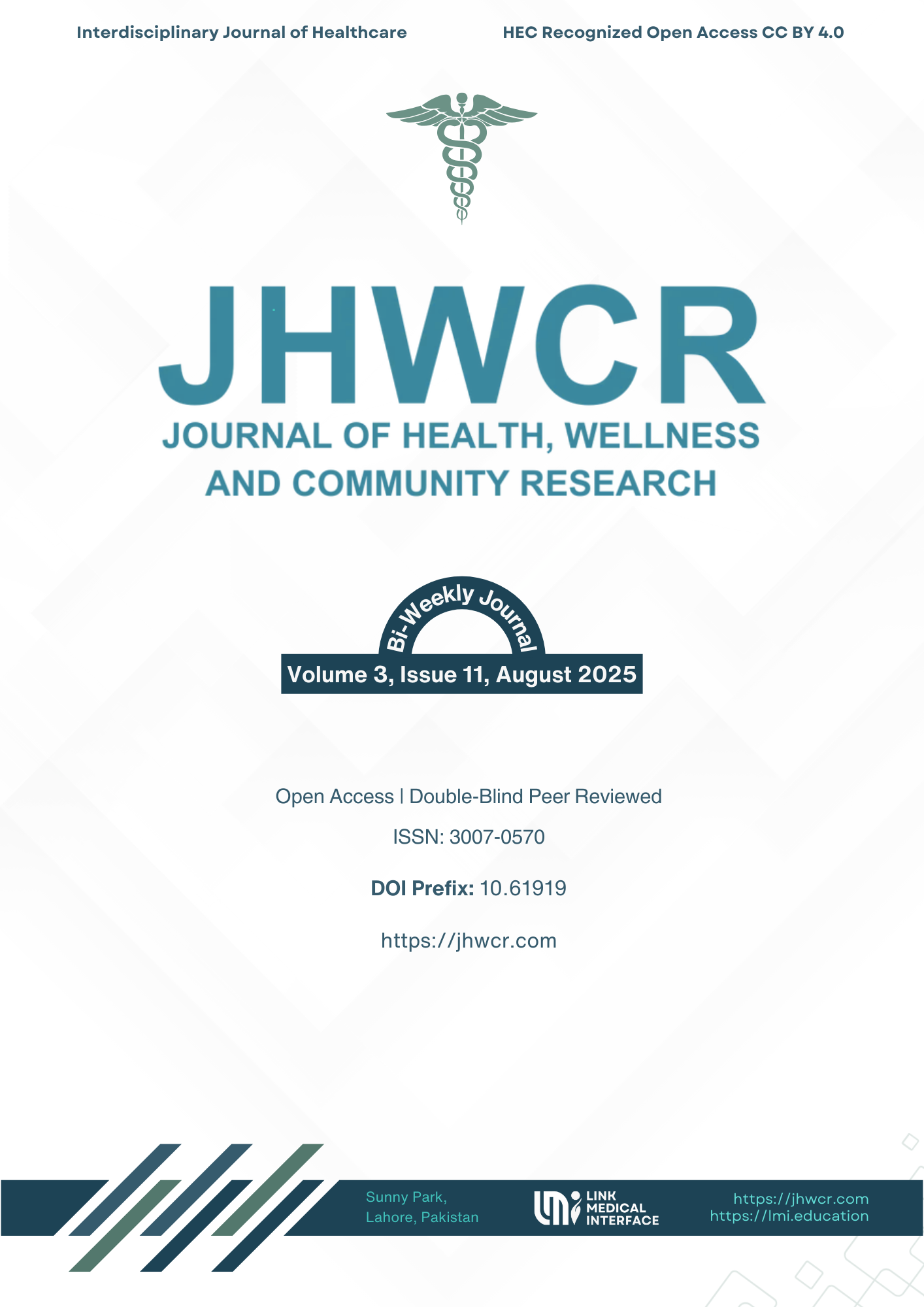A Comprehensive Analysis of Non-Synonymous SNPs in the PTPN22 Gene Using in Silico Tools
DOI:
https://doi.org/10.61919/nnysjt72Keywords:
PTPN22 protein, human, Polymorphism, Single Nucleotide, Amino Acid Substitution, Mutation, Missense, Protein Stability, Protein Structure, Tertiary, Computational Biology, Molecular Docking Simulation, Autoimmune Diseases/genetics, Genetic Predisposition to Disease, Bioinformatics/methods, Protein Interaction MappingAbstract
Background: The PTPN22 gene encodes lymphoid tyrosine phosphatase (LYP), a critical regulator of T-cell receptor signaling. Variants in PTPN22 have been implicated in multiple autoimmune diseases, including type 1 diabetes, rheumatoid arthritis, and systemic lupus erythematosus. However, the functional impact of many reported single nucleotide polymorphisms (SNPs) remains unresolved. Objective: This study aimed to systematically identify and prioritize deleterious nonsynonymous SNPs (nsSNPs) in PTPN22 using a comprehensive in silico predictive modeling framework. Methods: A total of 14,919 SNPs in PTPN22 were retrieved from the NCBI dbSNP database. These included 563 missense, 218 synonymous, 36 in the 5′UTR, 229 in the 3′UTR, and 13,124 intronic SNPs. Missense variants were evaluated using multiple algorithms (SIFT, PolyPhen-2, PANTHER, PhD-SNP, SNPs&GO), followed by protein stability prediction (I-Mutant, MuPro), functional assessment (MutPred), conservation profiling (ConSurf), structural modeling (I-TASSER, TM-align), and interaction analysis (GeneMANIA, STRING). Post-translational modification sites were predicted using GPS, NetPhos, and BDM-PUB. Results: Among 563 missense variants, 30 nsSNPs were consistently predicted to be deleterious across multiple algorithms. SIFT identified 193 damaging variants (score <0.05), while PolyPhen-2 categorized 30 as probably damaging (score = 1.0). Protein stability analysis revealed that 29 of 30 variants decreased stability (ΔΔG < 0 by I-Mutant), and all 30 were destabilizing by MuPro. Functional prediction showed that 20 variants had MutPred scores >0.75, indicating high-confidence deleterious potential. Conservation analysis identified 14 variants in highly conserved exposed residues and 16 in structurally buried conserved regions. Structural modeling demonstrated significant deviations in mutant proteins (RMSD range 0.69–0.86 Å; TM-scores 2.8–4.4). Network analyses revealed strong gene–gene (e.g., TRAF3, CSK, ZAP70) and protein–protein interactions (STRING: 11 nodes, 41 edges, clustering coefficient 0.91). Post-translational modification prediction suggested that several variants may disrupt phosphorylation, ubiquitination, and methylation sites, indicating altered signaling potential. Conclusion: This in silico study identifies 30 high-confidence deleterious nsSNPs in PTPN22 that may influence protein stability, structure, and signaling interactions. These variants represent strong candidates for biomarker development in autoimmune susceptibility and warrant experimental validation in wet-lab and clinical studies. Integrating predictive modeling with immunogenetics may inform personalized healthcare approaches for autoimmune disease risk stratification and targeted therapies.
Downloads
Published
Issue
Section
License
Copyright (c) 2025 Wagma Gul, Nazia Hadi, Fajar Baig, Fazal Jalil, Naveed Khan (Author)

This work is licensed under a Creative Commons Attribution 4.0 International License.


